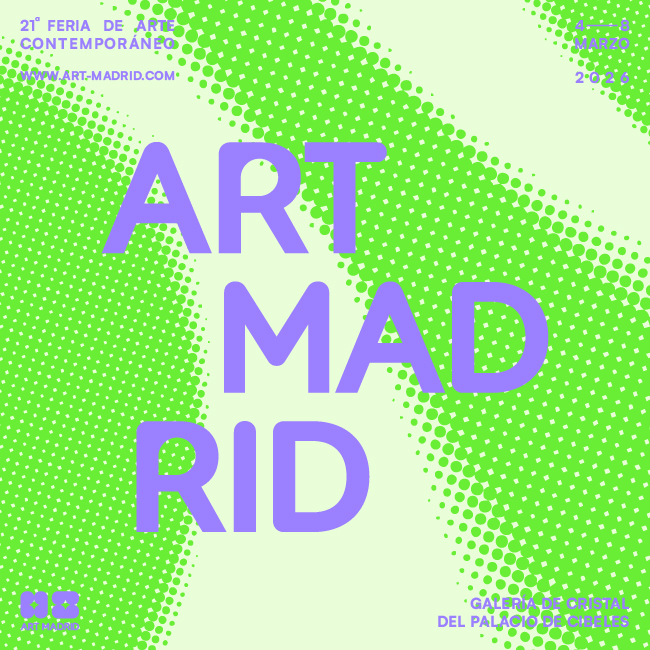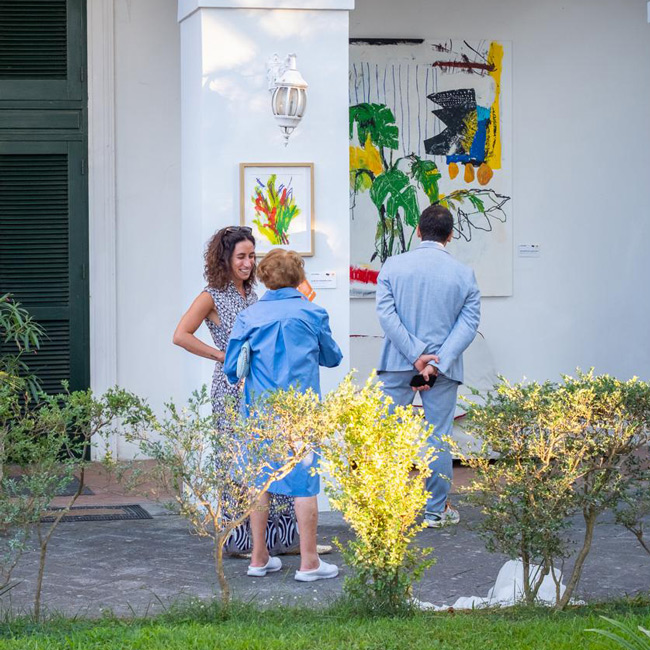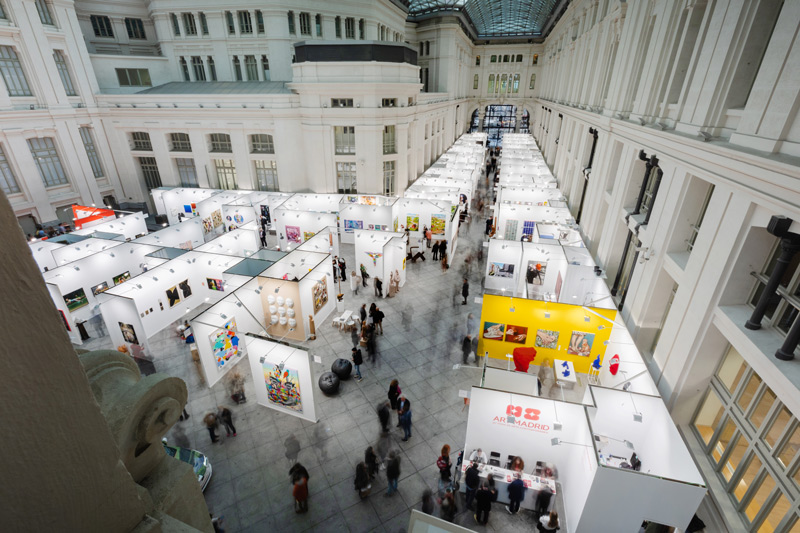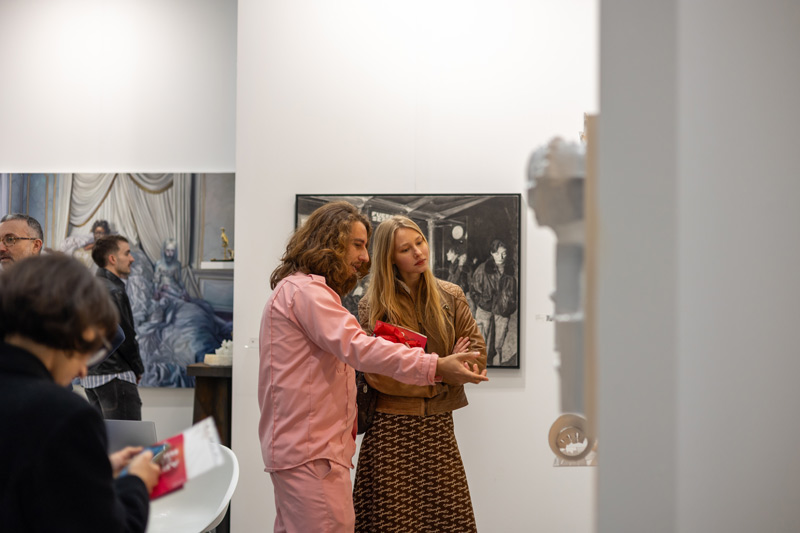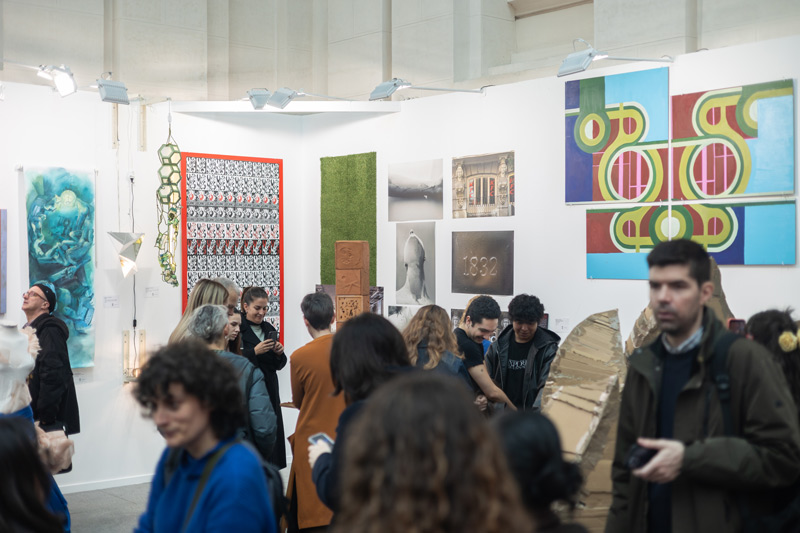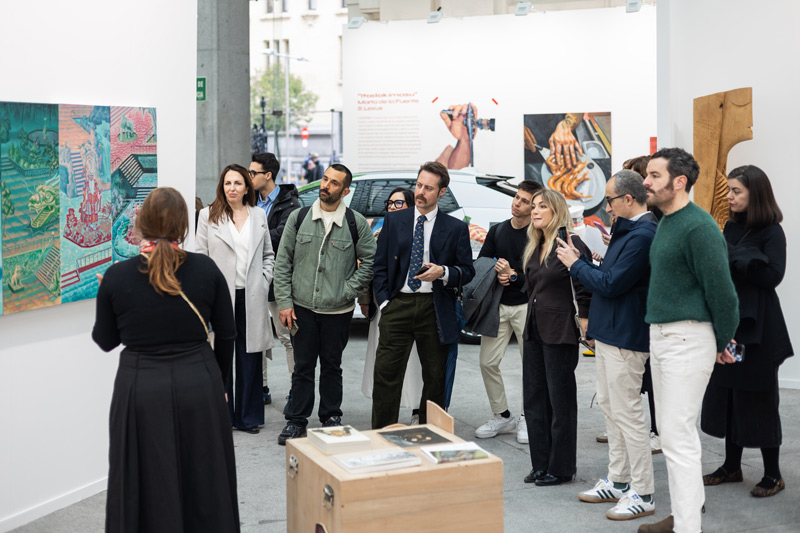VEGAP AT ART MADRID’19
Jan 28, 2019
art madrid
Do you know the work and the different projects developed by VEGAP? This year, you will get to know first-hand the extensive work developed by Visual Entidad de Gestión de Artistas Plásticos (VEGAP): the organisation collaborates with the fourteenth edition of Art Madrid and will have a specific booth at the fair.
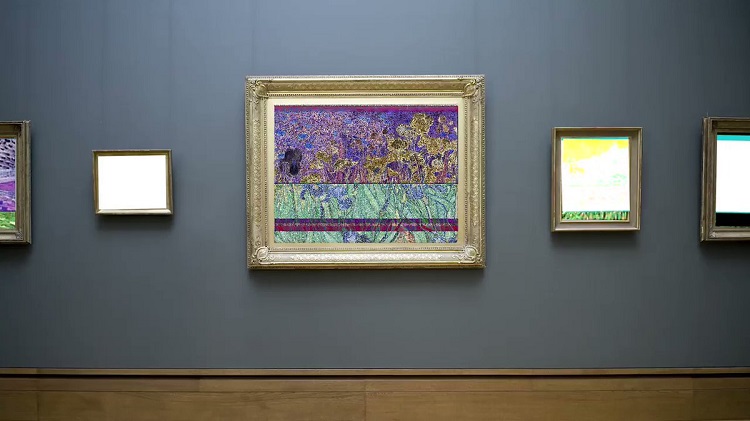
As many of you will know, VEGAP is the organisation that has been managing intellectual property rights for visual creators in Spain for almost thirty years. Painters, sculptors, photographers, illustrators, designers, video artists, net artists and architects… all the visual creators. Currently, VEGAP represents more than 150,000 artists from 46 countries, provides cultural management services to a multitude of Spanish cultural institutions, as well as VEPGAP collaborates with the gallery sector, through the Galleries Associations, among others.
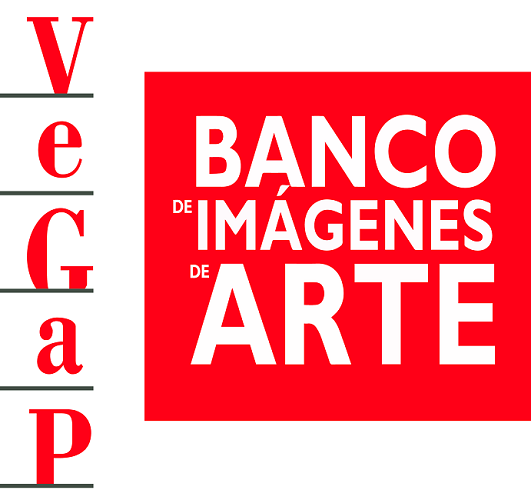
In addition to these tasks, VEGAP will present its Image Bank project: a huge catalogue of contemporary art images that offers all professionals related to the publishing, advertising, multimedia, television or audiovisual producers sectors, more than 60,000 exclusive images of the most representative artists of the contemporary creation. In a very fast and simple way, in the same and only management, the user obtains together the image, the license of use for the reproduction/distribution as well as the public communication of the work. This catalogue is exceptional because of the high technical quality of the images. Also, both the choice process and the treatment of the colour of the images has been supervised by the authors or, in any case, his inheritors.
The organisation is also in charge of the “Propuestas VEGAP” Competition, a contest conceived by artists to help artists. Born in 1997, on the initiative of the extinct Fundación Arte y Derecho, the main purpose of "Propuestas" is to stimulate visual creation by supporting the production and financing of artistic projects by visual creators. It is a unique contest of its kind, as it finances the creation and not the acquisition of works, of all branches of visual creation: plastic arts, photography, new forms of artistic expression, illustration and graphic design.
Throughout 22 editions, independent juries constituted by some of the most relevant artists of the Spanish scene, have distributed more than one million euros among around more than 300 artworks, making this contest one of the most artistic remarkable patronage projects of the cultural sector. The last year's award money was 50,000€ divided into 5 prizes, and the winners were the artists Nuria Güell, Ismael Iglesia, Diego del Pozo Barriuso, Clara Carvajal and José María Medina Manrique. The call for the 2019 edition will soon open.
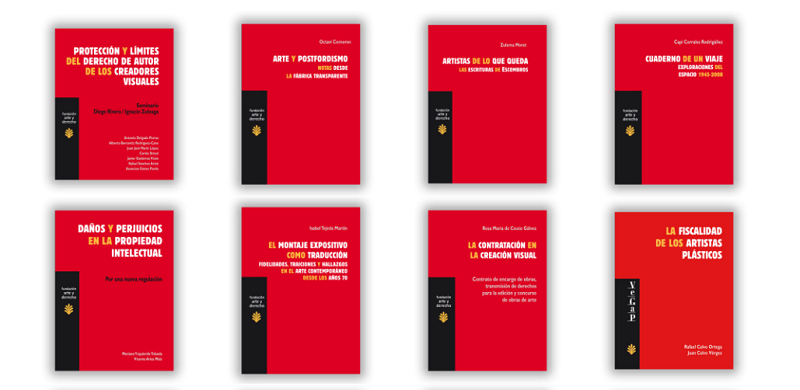
Also, during the celebration of the fair you will be able to know the "Arte y Derecho" Collection, a publication edited by Trama. It was created in 2003 by Fundación Arte y Derecho and today is still managed by VEGAP. The publishing house, which has almost twenty titles, is specialized in two lines of research. On the one hand, you can find titles dedicated to legal issues, aimed at scholars and researchers of Copyright in their speciality authors of visual creation. With essays as enlightening as “Protección Jurídica de Videojuegos” (Francisco Javier Donaire y Antonio José Planells de la Maza, 2012), “Los creadores visuales ante la reforma de la Ley de Propiedad Intelectual” (Javier Moscoso del Prado, Alberto Bercovitz, Juan Antonio Xiol Ríos, Alberto Corazón y Javier Gutiérrez, 2007) or “Protección y límites del Derecho de Autor de los Creadores Visuales” (Antonio Delgado Porras, Alberto Bercovitz, Juan José Marín, Carola Streul, Javier Gutiérrez, Rafael Sánchez Aristi, Asunción Esteve Pardo, 2006),among others.
And on the other hand, there are other titles related to the essays on art that have been the subject of the different editions of the prizes of the "Escritos sobre Arte" Competition, also organized by the Fundación Arte y Derecho and which its name is given in Fundation’s memory. You can find thematic lines as suggestive as “Paracinema” (Esperanza Collado, 2012), “Iconoclasia, historia del arte y lucha de clases” (José María Durán Medraño, 2010), “Arte y Posfordismo” (Octavi Cameron, 2007) or “El montaje expositivo como traducción” (Isabel Tejeda, 2006).
Thus, the committed work of the VEGAP organisation, which has in the structure of its organizational chart great artists such as Antón Patiño, Montserrat Soto, Eva Lootz, Alfonso Albacete, Juan Genovés, Susana Solano, Chema Madoz or Esther Pizarro, among many others, will be promoted at the Art Madrid fair.

